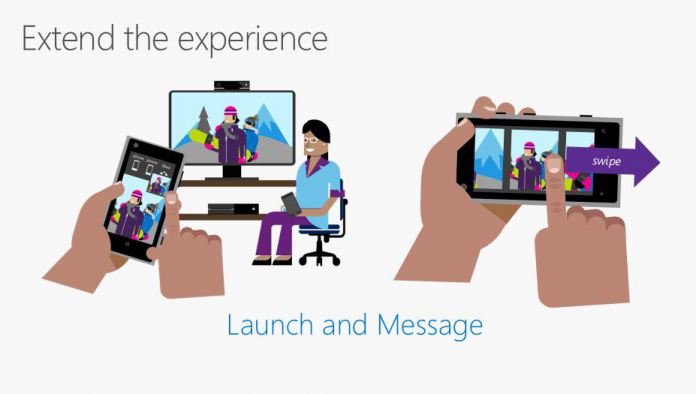Interestingly, Microsoft says that developers simply must get used to the idea that customers want a cross-platform environment. Of course, dev’s face problems creating solutions that work equally across all different systems. Microsoft also points out that users want a more seamless way to transition between platforms. Project Rome aims to solve these problems. The company says fluidity between platforms is important for keeping customers happy: “Our vision with Project Rome is to deliver a personal operating system that is not tied to a device or a platform. Imagine that you or your users live in a world where it does not matter what device, platform or form factor you are on, and the task or the project you are working on can happen regardless of the form factor.”
By linking with Microsoft Graph, Project Rome developers can build apps that work beyond one device. These apps can spread evenly across form factors, creating a universal experience. Graph APIs allow dev’s to deliver the following:
Extend the experience: A developer could extend their app to launch on a bigger screen that may be more suited for the task at hand. Augment the experience: A developer could create a companion experience for their app on another of the user’s devices. This can aid in providing another view of functionality in their app. Enrich the experience: A developer could add additional controlling abilities to their app. An example of this could be where a developer provides remote control abilities for their main app from a companion device.
Project Rome on iOS and Android
The Project Rome SDK for Android was released in February, while it came to iOS earlier this month. Both platforms currently have limited functionality, but plans for the future could be significant. Microsoft will use Project Rome to allow iOS and Android users run Windows UWP apps from desktop on their devices.




